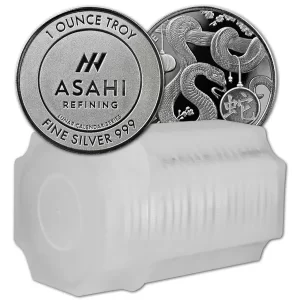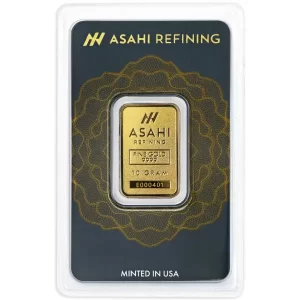Platinum, renowned for its rarityand durability, has been cherished for millennia, not just for jewellery but for various industrial applications as well. For investors, platinum presents an exciting opportunity. If you’re a novice looking to step into the world of platinum investments, this guide is tailored for you.
-
What is Platinum?
Platinum is a rare, dense, silvery-white metal known for its resistance to corrosion and high melting point. Apart from its use in jewellery, it has several industrial applications including catalytic converters in cars, laboratory equipment, electrical contacts, and even certain anticancer drugs.
-
Why Invest in Platinum?
Supply and Demand: Platinum is significantly more rare than gold. Its rarity, combined with growing industrial applications, is resulting in a supply-demand imbalance. As a result leading it to be a growing investment opportunity.
Diversification: We have all heard of the saying to not keep all your eggs in one basket. The same idea goes for precious metals investments, it is always a good idea to diversify from Gold and Silver and have a portion of your portfolio dedicated to Platinum.
Hedge Against Inflation: Similar to gold, platinum can act as a hedge against inflation, which protects investor’s purchasing power.
-
Ways to Invest in Platinum:
-
Physical Platinum: Bars and Coins
One of the easiest and best ways to invest in Platinum is is by purchasing physical platinum bullion. This can be purchased in the form of bars or coins.
Pros:
- Direct ownership.
- No need to rely on intermediaries.
Cons:
- Storage costs.
- Potential liquidity issues when selling.
6. Platinum ETFs (Exchange-Traded Funds)
ETFs track the price of platinum and are traded like stocks. This way, you can gain exposure to platinum without owning the physical metal.
Pros:
- Liquidity – easy to buy/sell.
- No storage concerns.
Cons:
- ETF fees.
- Potential discrepancies between ETF and actual platinum prices.
-
Platinum Mining Stocks
By investing in companies that mine platinum, you can gain indirect exposure.
Pros:
- Potential dividends.
- Possibility for exponential growth if the mining company discovers new reserves or improves efficiency.
Cons:
- Subject to company-specific risks.
- Affected by broader stock market dynamics.
-
Platinum Futures and Options
For more experienced investors, futures and options allow you to contract to buy or sell platinum at a set price in the future.
Pros:
- Leverage can amplify gains.
- Can be used for hedging.
Cons:
- Complex and requires a thorough understanding.
- Leverage can amplify losses.
-
Platinum Certificates
These are proof of ownership of platinum stored elsewhere. It’s akin to owning physical platinum without the need to store it.
Pros:
- No storage hassles.
Cons:
- Trusting the issuer is paramount.
- Might not be as liquid as other options.
- Risks of Platinum Investment
Volatility: Due to is rarity Platinum prices can be very volatile. Other factors contributing to its volatility incldue geopolitical tensions, supply disruptions, or changes in industrial demand.
Economic Factors: Recessionary phases or technological shifts (e.g., a decline in the internal combustion engine vehicles, which use catalytic converters) can impact demand.
Exchange Rates: Platinum prices are typically traded against the US Dollar. Meaning non-U.S. investors need to consider currency risks.
- Final Thoughts
Investing in platinum can offer a unique diversification opportunity for your portfolio. However, as with all investments, it’s crucial to do your homework, understand the risks, and consider your investment goals. Always consider consulting with a financial advisor to make well-informed decisions tailored to your personal financial situation.
 Hi,
Hi,





















